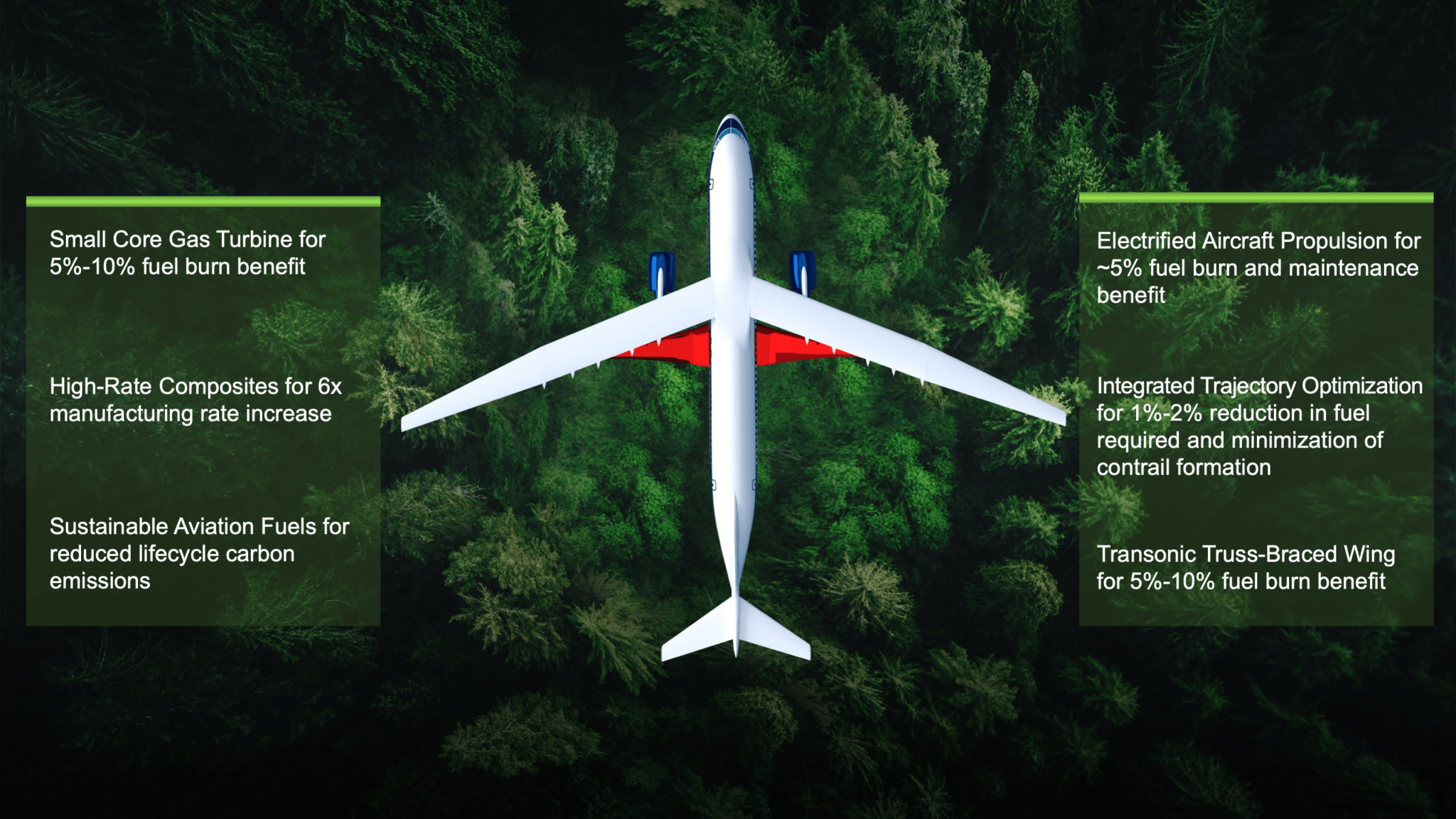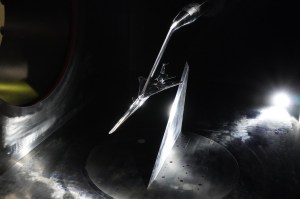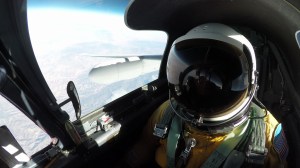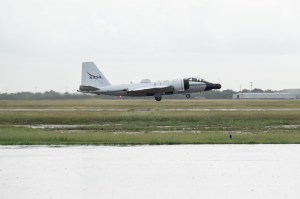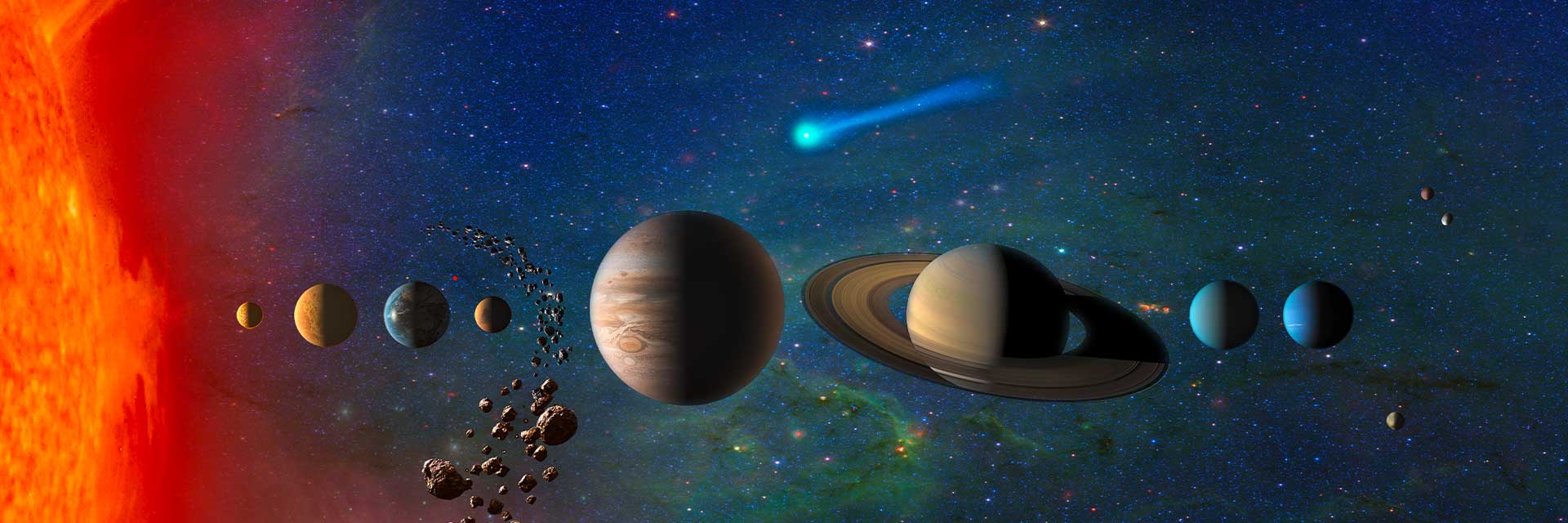NASA Aeronautics has always been about improving aviation efficiency and safety, while reducing noise, fuel use and harmful emissions. For decades, our NASA-developed technologies have contributed to making aviation more sustainable – environmentally and economically.
Now we are expanding research for sustainable aviation by developing and testing new green technologies for next-generation aircraft, new automation tools for greener and safer airspace operations, and new sustainable energy options for aircraft propulsion.
We’re partnering with industry, academia and other agencies through our Sustainable Flight National Partnership to accomplish aviation’s aggressive climate change agenda – by 2050 reduce aviation carbon emissions by half compared to 2005, and achieve net-zero emissions by 2060.
During the next ten years we’ll demonstrate first-ever high-power hybrid-electric propulsion on a large transport aircraft, ultra-high efficiency long and slender aircraft wings, new large-scale manufacturing techniques of composite materials, and advanced engine technologies based on breakthrough NASA innovation.
In partnership with the Federal Aviation Administration and airlines, we’ll also pioneer new air traffic management automation tools that safely and reliably put future aircraft on flight paths optimized for minimal environmental impact.
